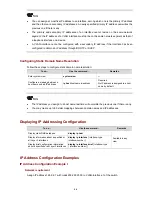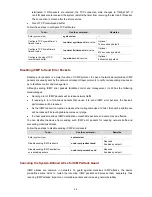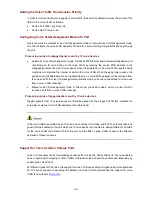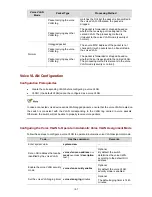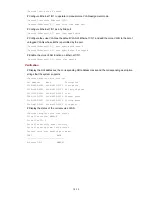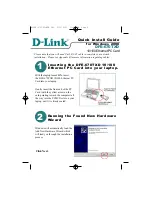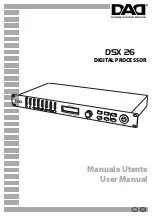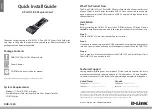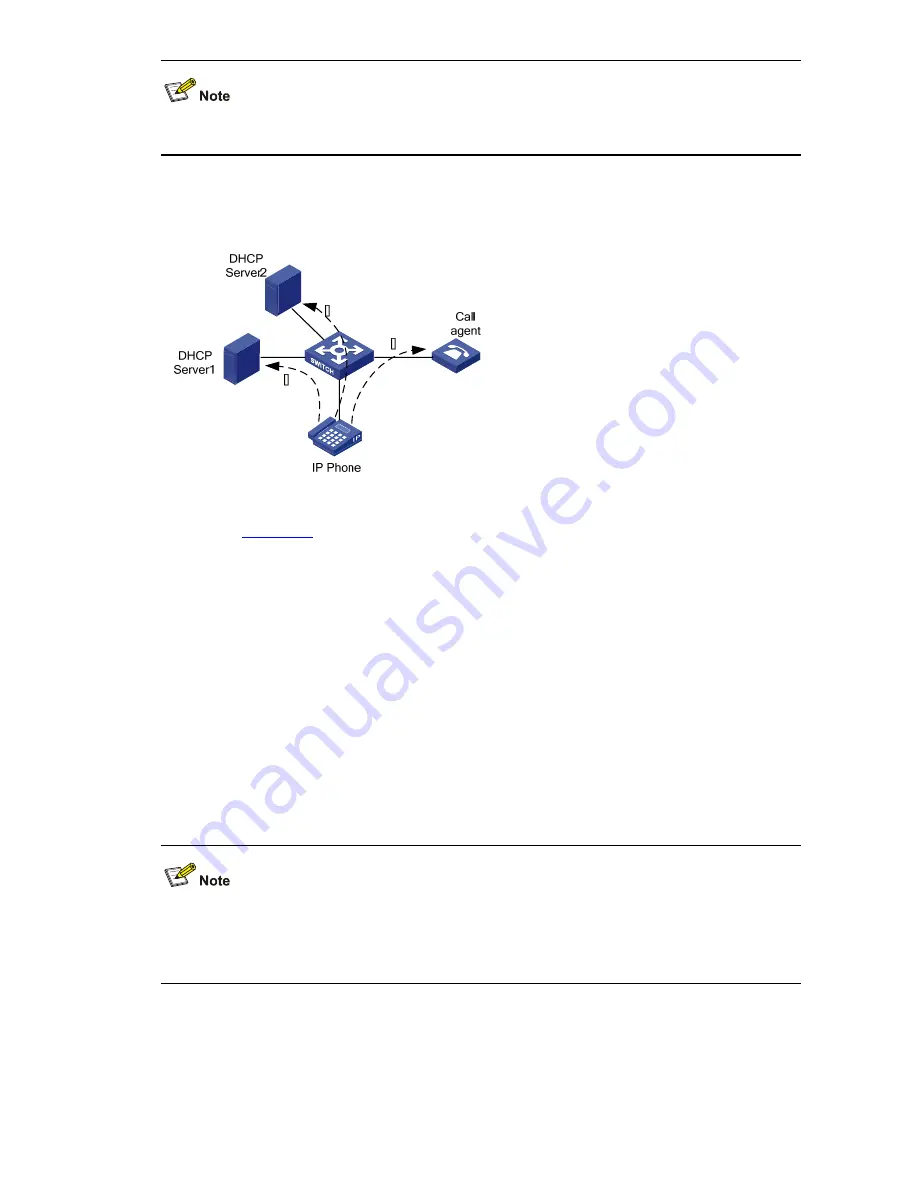
Refer to DHCP Operation for information about the Option184 field.
Following describes the way an IP phone acquires an
Figure 10-1
Network diagram for IP phones
IP address.
hown in
As s
Figure 10-1
, the IP phone needs to work in conjunction with the DHCP server and the NCP
bec
2)
t in the default VLAN of the receiving port. After receiving the DHCP request message,
DHCP Server 1, which resides in the default VLAN of the port receiving the message, responds as
:
erver 1 does not support Option 184, it returns the IP address assigned to the IP phone
but ignores the other four special requests in the Option 184 field. Without information about voice
to establish a path for voice data transmission. An IP phone goes through the following three phases to
ome capable of transmitting voice data.
After the IP phone is powered on, it sends an untagged DHCP request message containing four
special requests in the Option 184 field besides the request for an IP address. The message is
broadcas
follows
z
If DHCP S
VLAN, the IP phone can only send untagged packets in the default VLAN of the port the IP phone is
connected to. In this case, you need to manually configure the default VLAN of the port as a voice
VLAN.
In cases where an IP phone obtains an IP address from a DHCP server that does not support Option
, the IP phone directly communicates through the gateway after it obtains an IP address. It does not
hrough the steps described below.
184
go t
If DHCP Server 1 supports Option 184, it returns the IP address assigned to the IP phone, the IP
address of the NCP, the voice VLAN ID, and so on.
On acquiring the voice VLAN ID and NCP address from DHCP Server 1, the IP phone
communicates with the specified NCP to download software, ignores the IP
z
3)
address assigned by
10-2






